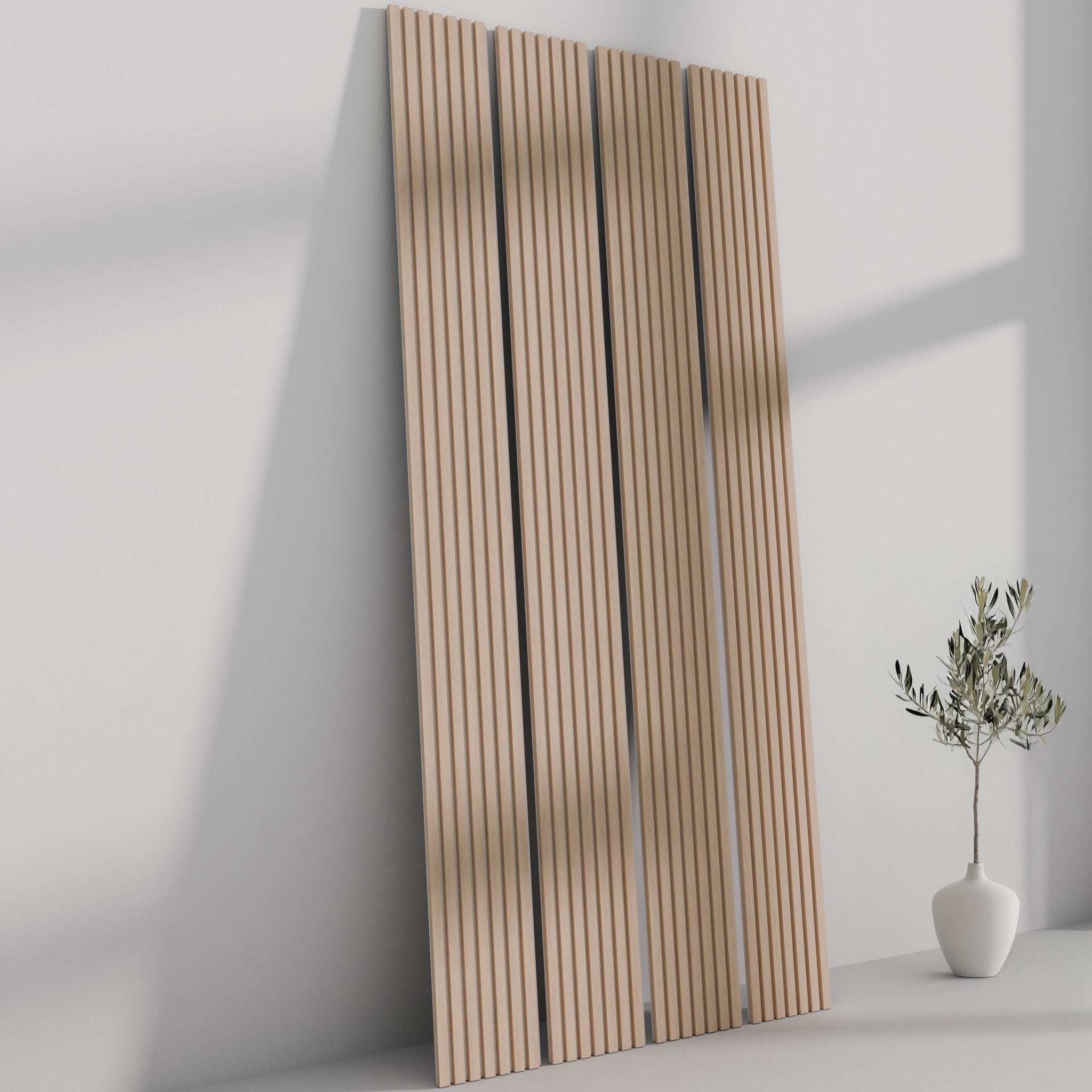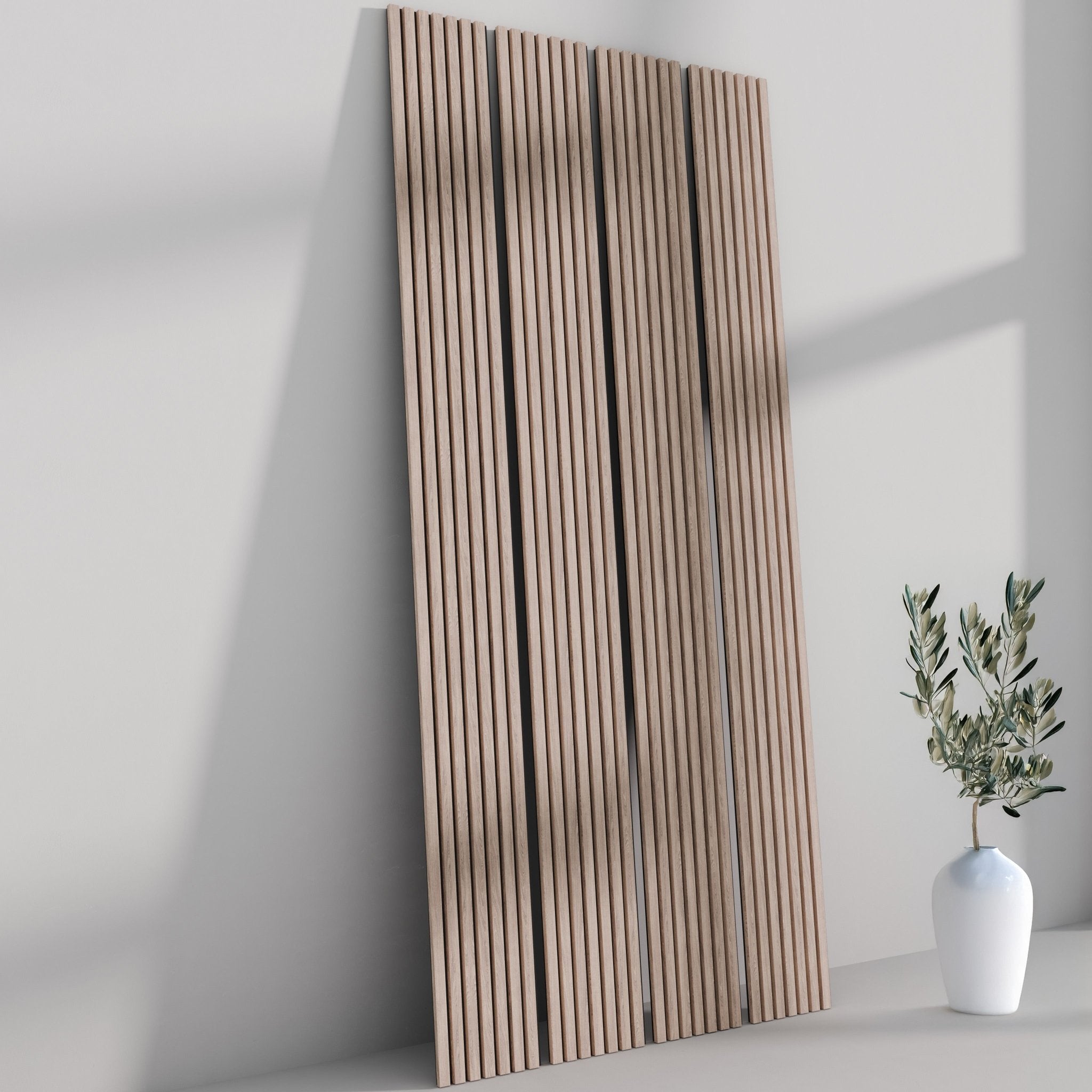Introduction
When it comes to enhancing a space's acoustic environment, the sheer variety of options can be overwhelming. Wood slat acoustic panels are a popular choice for many, but what exactly makes them effective? This article will demystify the science behind these panels, helping you make an informed choice.
The Science of Sound Absorption
NRC Ratings
NRC (Noise Reduction Coefficient) ratings are used to measure the sound absorption effectiveness of a material. Wood slat panels often have varying NRC values based on their design and material.
Density and Porosity
Wood's natural density and porosity contribute to its ability to absorb certain sound frequencies, making it effective for a range of acoustic applications.
Scattering vs. Absorbing
Wood slat panels not only absorb sound but also scatter it, thereby eliminating issues like echo and sound focusing. This creates a more balanced acoustic environment.
Resonant Absorbers
The design of wood slat panels often incorporates elements of resonant absorption, where the wood itself vibrates at certain frequencies, enhancing sound absorption.
The Impact of Wood Species
Different types of wood have slightly different acoustic properties. Hardwoods like oak and mahogany generally have better sound-absorbing capabilities compared to softwoods like pine.
Aesthetic Considerations and Acoustic Performance
Surface Finish
A panel's finish can impact its acoustic performance. For example, a perforated surface can increase a panel’s sound-absorbing capabilities.
Thickness and Spacing
Thicker panels with wider slats can offer more effective sound absorption but may also be more visually dominating. The key is to find a balance that suits both your aesthetic and functional needs.
Conclusion
Understanding the acoustic properties of wood slat panels is crucial for maximizing their effectiveness. By considering factors like NRC ratings, material density, and design specifics, you can tailor your choice to best fit your particular needs. Knowledge is power, and in this case, it can also mean the difference between an okay acoustic environment and an exceptional one.

























